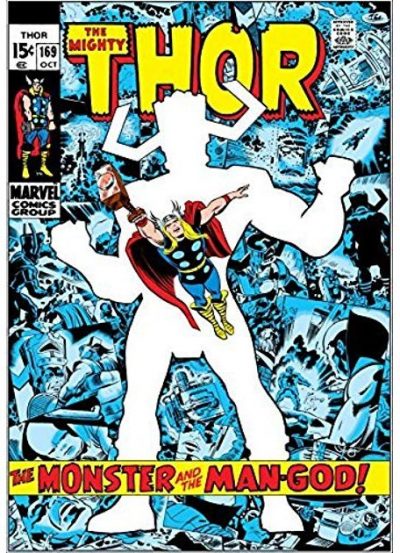
Avengers #118 (December, 1973)
It’s September, and we’ve finally arrived at the climax of Marvel Comics’ pioneering crossover event of the summer of 1973, the Avengers/Defenders War. Having realized at last that they share a common enemy, the superheroes of the two feuding teams have united to save the world.
So it’s fitting that, for the first time since the storyline began, the cover of this chapter gives us a group shot of multiple members from both teams — although artists Ron Wilson and John Romita have probably chosen wisely in not trying to cram all fourteen heroes, plus supervillains Dormammu and Loki, into a single shot. Rather, they’ve opted to go with just nine, and it’s interesting to take note of who’s been included. Unsurprisingly, every character starring in their own series — that’s Thor, Iron Man, Captain America, and Black Panther (in Jungle Action) from the Avengers, plus Sub-Mariner, Hulk, and Doctor Strange (in Marvel Premiere) from the Defenders — makes the cut. But that still leaves two slots, and they’ve both gone to female characters — the Avengers’ Scarlet Witch and the Defenders’ Valkyrie — which serves to make the cover at least slightly less of a sausage fest. Better luck next time, Silver Surfer, Vision, Hawkeye, Swordsman, and Mantis (the only shero who didn’t make the cover).
Still, if you’re hankering for a big group shot featuring all the heroes from both teams, no exceptions, then have no worries; Marvel’s got you covered on the book’s opening splash page: Read More








